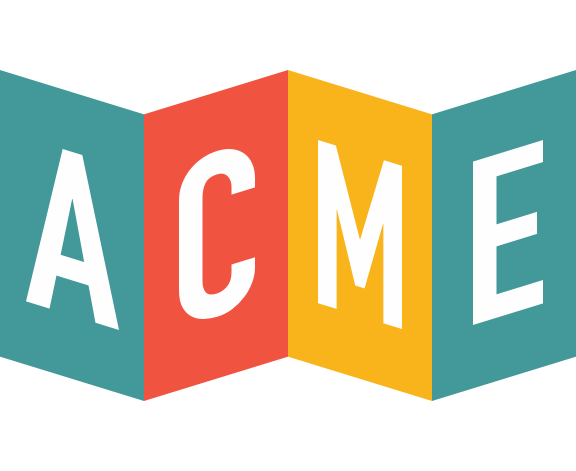
How To Use Payment APIs When Accepting Online Payments
If you accept online payments, chances are you already use a payment Application Performance Interface. APIs provide users with the ability to connect to external software or operating systems, providing them with necessary data, information, and other SaaS functionalities.
APIs help create seamless transactions, payment features, and simpler analysis and management of your payment data. Below we’ll get into everything you need to know about payment APIs and how they can help you increase tickets, donations, and members today.
What is a payment API
A payment API caters to businesses that accept online payments, especially ecommerce businesses, in order to optimize the payment process for both the company and its shoppers.
Whether a business is using a popular payment system like PayPal or has its own internal payment software, APIs are designed to make the checkout experience more seamless. They have a number of features that affect everything from fraud protection and data entry prevention to data accessibility and management. APIs, however, will have drastic differences from one provider to the next, so it’s important to know what you need and what the API offers.
How do payment APIs work?
Payment APIs are essentially a bridge between an existing application and a payment system. APIs will authorize two applications so they can communicate with one-another, enabling one-time payments, recurring payments, subscriptions, and more. Payment APIs specifically, sometimes referred to as a payment gateway API, connect payment processing solutions to other business-related applications, like a company’s checkout page.
Payment APIs also typically guarantee PCI compliance and offer convenience to customers by offering a variety of payment methods.
Payment API general use cases
Some of the most common payment API use cases include:
- Accept CC (and other) payments without becoming PCI compliant one’s self
- Save prior payment information
- Preferred payment methods
- PCI compliance
- Omni channel support
- Multi-gateway integrations
- Data storage and management protection
Pros and Cons of payment APIs
What are the pros and cons of utilizing payment APIs for your business needs? Below we’ll look at some of the most notable advantages and disadvantages of payment APIS.
Benefits of Payment APIs
- Automation without overhauling current systems
- Allow for one-time payments and recurring payments for subscribers
- Accept recurring payments, and payment plans by saving CC info
- Customize and scale solutions easily
- Compliance integrations included
Common Issues with Payment APIs
- Not scale-able enough for large enterprise businesses
- Does not allow for multi-brand use
- Costly transactions fees
- Payment APIs raise the issue of security. If the API is compromised, all the applications it is connected to become compromised.
- APIs are constantly being updated, which isn’t necessarily a bad thing. Still, frequent changes will mean more management and upkeep needs on your end.
How Acme payment API works
ACME’s open API opens your doors to a world of possibilities in terms of expanding your needs and supplementary business applications. Build new applications, benefit from better ticketing data flow, and access necessary data and business intelligence to expand your strategies.
ACME open APIs connect your nonprofit organization or cultural institution to the following apps and networks:
- Self-service kiosks
- Online travel agencies
- Extract, transform, and load tools (ETL), like Omatic
- Data warehousing
- Database alerts and event resource reporting
- CRM integrations
- Online ticketing integrations
ACME Ticketing simplifies your API needs with our all-in-one online ticketing solution. Manage members, grow ticket sales and donors, and connect to your network of apps and technologies with ease. Try the ACME demo today to learn more.

